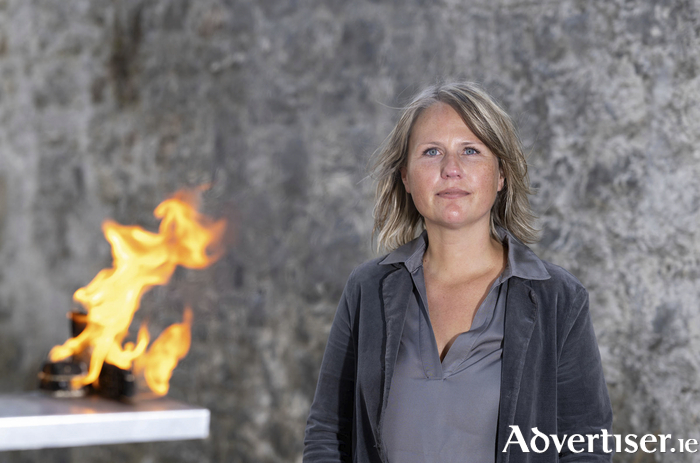Firelighters used for open fires and stoves in the home emit more black carbon than all biomass fuels put together and are a significant contributor to air pollution and climate change, a study led by researchers at University of Galway has found.
The study, involving an international team of researchers from Ireland, China and India, has exposed previously unrealised health and climate impacts from the use of domestic firelighters.
Firelighters are kerosene-based and contain hydrocarbons known as alkanes; these produce significant quantities of black carbon, even if used in small quantities and for a short period of time.
“Black carbon is one of the main pollutants that affect air quality, acting as a climate forcer or driver, second only to carbon dioxide,” explained Professor Jurgita Ovadnevaite, deputy director of the Ryan Institute Centre for Climate and Air Pollution Studies at University of Galway and coordinating scientist of the international research project. “While the effect was revealed in Ireland, the impact of it is relevant to other European countries, the UK, and worldwide, especially now with a rebound in the use of solid fuel stoves due to the energy crisis.”
The research team describe the impact of firelighter use in home heating, and the release of black carbon, as a significant and previously overlooked source of air pollution.
They noted that there are an estimated 70 million wood burning stoves, open fires and other solid fuel heating appliances in homes across Europe alone. An EPA report from 2022 indicates an increase in the number of households switching to solid fuel fires, rather than a decline — a trend which may become more acute in the midst of the energy cost crisis.
“The potentially toxic particulate air pollutants, like black carbon, not only affect people’s health but play a significant role in climate change and uncertainty of climate predictions,” Professor Ovadnevaite added. “Unfortunately, there is no silver lining in this cloud over human health and climate change until the promotion of solid biomass fires and the use of firelighters for ignition is replaced by a co-benefit policy.”
The analysis of air quality took place in south Dublin in 2016 and subsequent years, and included data recorded by the monitoring stations controlled by the EPA.
The research found average black carbon levels in Dublin in 2016 rivaled those in Beijing, a city renowned for its air pollution.
It also found the mixture of pollutants emitted by burning kerosene-based firelighters with solid fuel results in a strong localised air heating effect, reducing the volume in which pollutants are dispersed, further leading to high self-amplified air pollution levels.
Black carbon, which is emitted by firelighters, and organic aerosol, which is produced by solid biomass burning, combine to result in a more powerful climate warming effect.
Despite generally good air quality in Ireland thanks to Atlantic weather patterns, the research revealed that extreme air pollution events, spanning most populated areas across the country, occur frequently in wintertime and during these times concentrations of air pollutants exceed levels recommended for health.
The research team noted that air pollution is also the single biggest environmental health risk, causing more than seven million premature deaths per year worldwide according to the World Health Organization.
The research was published in the prestigious scientific journal npj Climate and Atmospheric Science – Nature, and is part of the pilot AEROSOURCE initiative, funded by the Environmental Protection Agency (EPA ) and the Department of Environment, Climate and Communications.

